From fast cars to fashion, the horse is the ultimate luxury symbol
Kim Parker canters through the luxury world’s enduring love for all things equine.
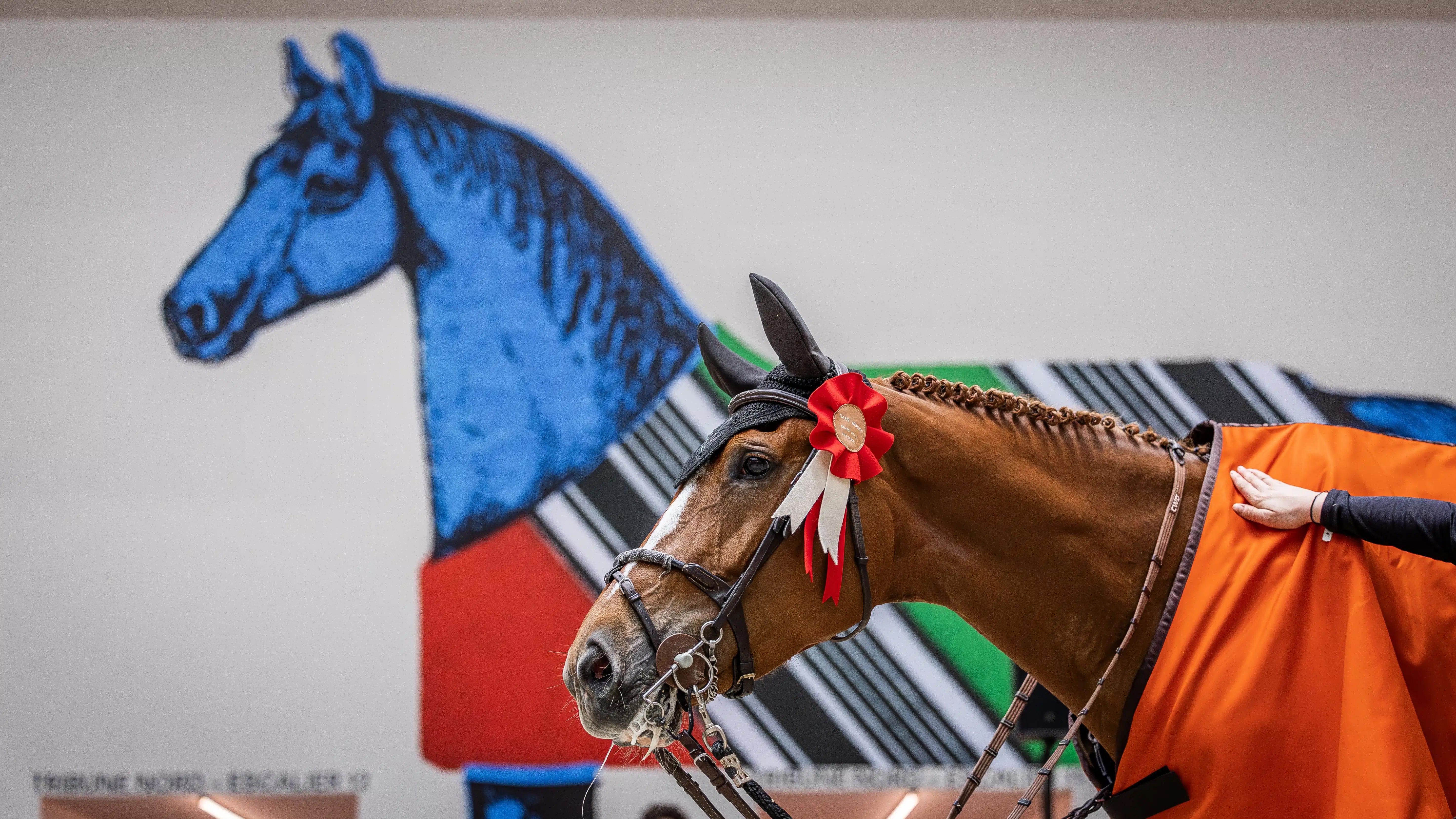

From the winged Pegasus of Greek mythology and the embroidered steeds of the Bayeux Tapestry to Black Beauty, Shadowfax and Seabiscuit, horses have served and inspired mankind since our earliest days. One of the oldest cave paintings ever discovered — a 30,000-year-old masterpiece in the Chauvet Cave in south-eastern France — depicts a surprisingly lifelike group of equines painstakingly rendered in charcoal and clay.
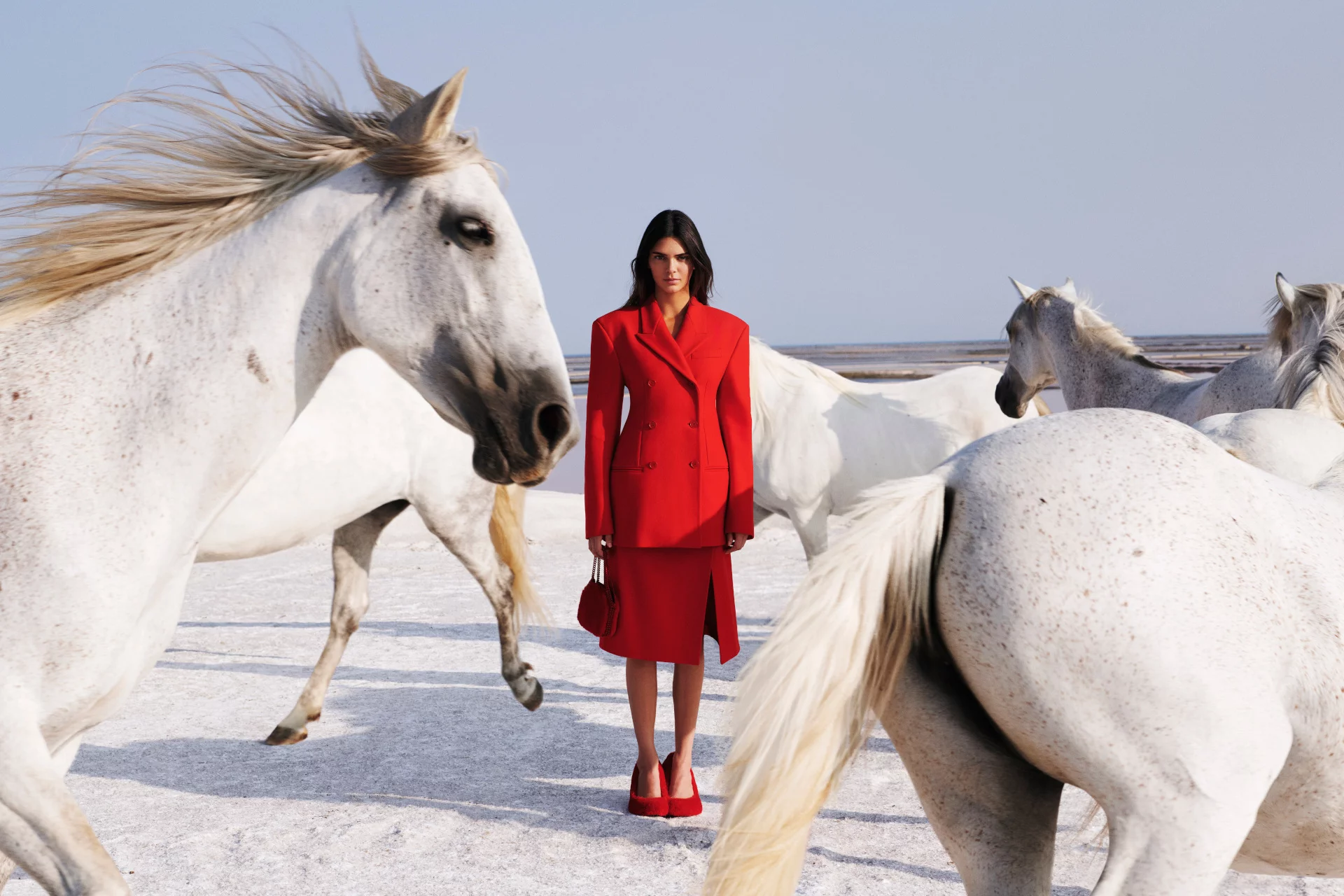
Stella McCartney's Winter 2023 campaign starred Kendall Jenner and was shot by Harley Weir in the Camargue Salt Flats of France among the region's famed white ponies.
As species we have defined and evolved one another, our relationship deepened over millennia by migration, war, farming and sport. The great emperors of ancient China liked to be buried with their favourite chargers, while the Romans and Egyptians relied on horses to pull their fearsome chariots, and much of the success of Genghis Khan’s conquering can be credited to the hardy nature of his Mongolian mounts, whose descendants still thrive in the harsh climate of the central Asian steppe.
However, with the advent of the motor engine, our dependence on horses for travel and work lessened. Thankfully, our noblest four-legged companions remain a mainstay of our culture and art — a source of fascination and joy for many millions who, like Sir Winston Churchill, believe that ‘no hour of life is wasted that is spent in the saddle’.
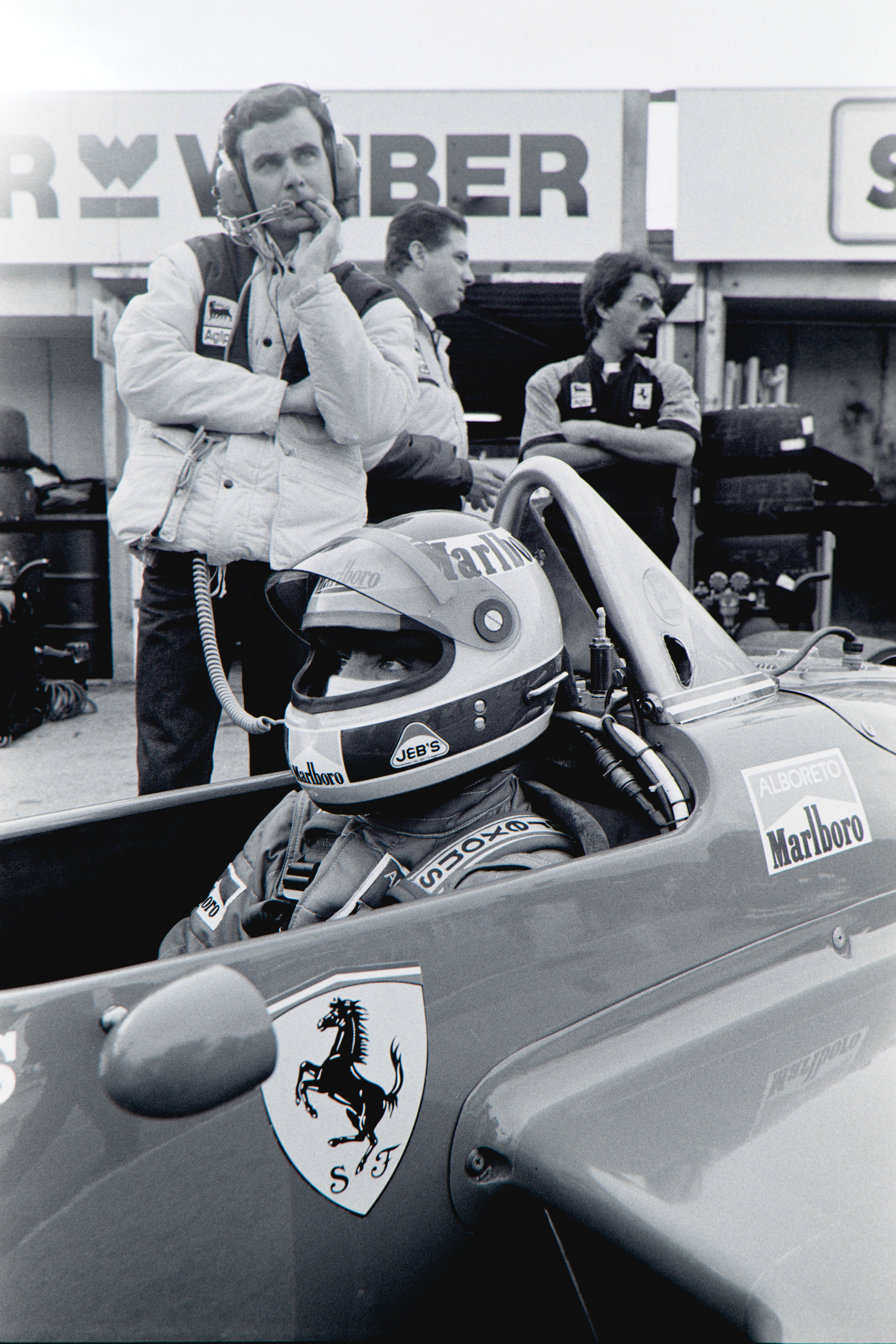
The Ferrari logo is clearly visible on the side of Italian Grand Prix driver Michele Alboreto's car, at the Brands Hatch Circuit in Kent, in 1985.
Nowhere is this more obviously celebrated — and cleverly co-opted — than in the luxury industry, where the horse has become the ultimate symbol of power and prestige. Take Ferrari. Each vehicle stamped with a rearing beast can trace its origins back to a conversation between a young Enzo Ferrari and the parents of Francesco Baracca — an Italian, First World War pilot, who personalised his aircraft with the silhouette of a black horse taken from his aristocratic family’s coat of arms. ‘In 1923, I met Count Enrico Baracca, the hero’s father, and then his mother, Countess Paulina, who said to me one day, “Ferrari, put my son’s prancing horse on your cars. It will bring you good luck”.’
Though inspired by an entirely different turn of events, Porsche’s own emblematic stallion has overseen similar success. When the German marque was founded in 1931, in Stuttgart — or ‘stud garden’, a tie to its horse-breeding heritage — it took inspiration from the city’s own seal. The horse, resplendent on a shield, stood for legitimacy and legacy and, despite being gently updated every few years, remains one of the most recognisable logos in the world.
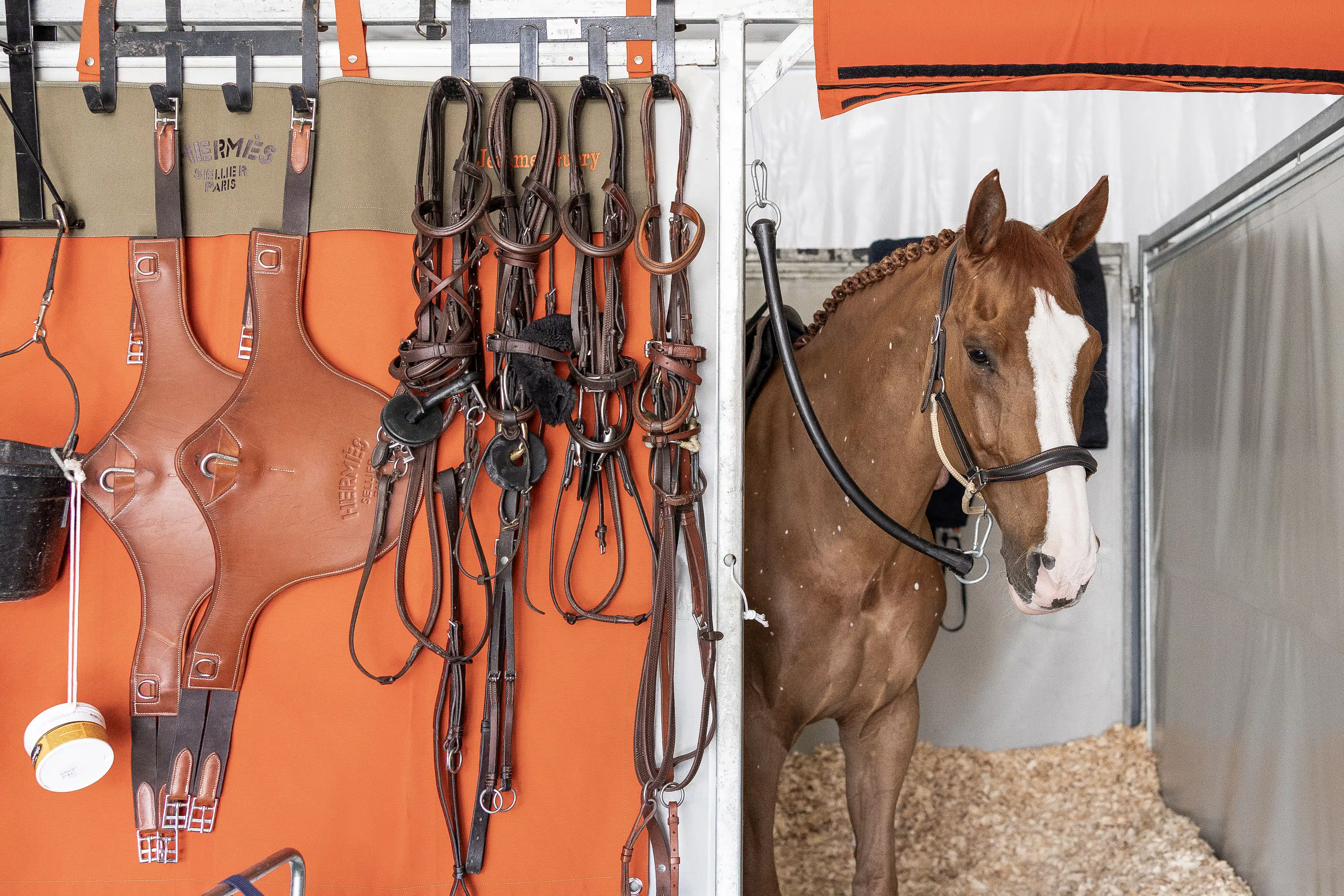
Since 1837, every Hermès saddle has been hand-made by a single craftsmen, then specially configured for its rider and horse under the guidance of their saddle expert.
In fashion, the house with the most illustrious affiliation for horses is surely Hermès, established in 1837 as a purveyor of fine harnesses for the Parisian beau monde. According to the late Jean-Louis Dumas, the brand’s former CEO, ‘the horse was the first Hermès client’, and it endures as an integral part of the maison’s design DNA. Stirrups, bits and hunting crops decorate everything from Hermès’s signature scarves to its fine jewellery, while long boots, lean leather chaps and ‘horse blanket’ jackets form a perennial part of its runway collections. Even Hermès’s covetable bags owe their existence, and many of their stylistic details, to the practical Haut à Courroies, originally made to carry equestrian equipment. These were adapted into a smaller and more elegant travel tote in the 1920s by Émile-Maurice Hermès, grandson of company founder Thierry Hermès, who sought to create a luxurious new handbag for his wife.

The annual Saut Hermès takes place in the Grand Palais, offering visitors the chance to see the world's top show-jumpers.
Today, Hermès continues to honour its horsey history by funding high-level showjumping events, outfitting the French equestrian team, and continuing to craft exquisite saddles and bridles for pampered mounts within its atelier at Rue du Faubourg Saint-Honoré.
Exquisite houses, the beauty of Nature, and how to get the most from your life, straight to your inbox.
Riding has also had a profound influence on Stella McCartney who, as a child, spent many happy hours hacking in the Scottish countryside with her family. ‘I’ve always felt incredibly safe with horses,’ the designer said. ‘The connections I’ve made with these creatures have been the most important of my entire life.’ So vital, that Stella memorably staged her eco-conscious Autumn/Winter 2023 catwalk show within the French capital’s oldest riding school, the Société Hippique Nationale De L’Ecole Militaire, alongside ponies belonging to the noted equestrian performer, Jean-François Pignon. She has previously collaborated with the Deepak Chopra Foundation and Operation Centaur to raise awareness (and vital funds) for equine therapy programmes and her most iconic vegan handbag, the Falabella, is even named for her favourite breed.
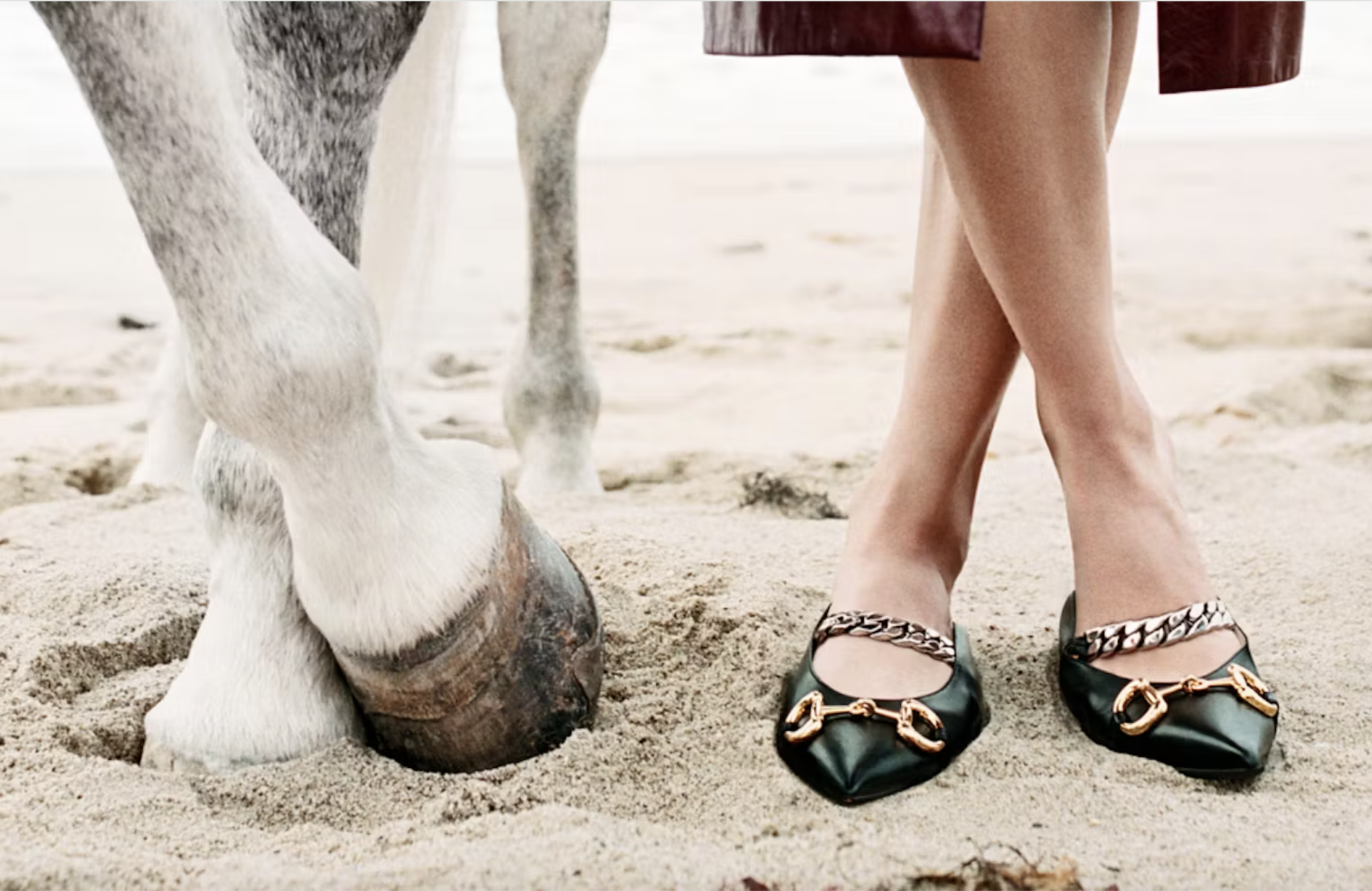
Gucci's Spring/Summer 2020 campaign was titled 'Of Course a Horse' and featured lots of horses in various scenarios, alongside human models.
Gucci’s equally famous Horsebit 1955 handbag, which celebrates its 70th anniversary this year, is furnished with a motif envisaged by Aldo Gucci in honour of his father, Guccio Gucci, the company’s founder, who had a life-long passion for equestrian sports and attire (it’s no coincidence that the brand’s recognisable red and green webbed luggage strap bears more than a passing resemblance to the girth on a saddle).
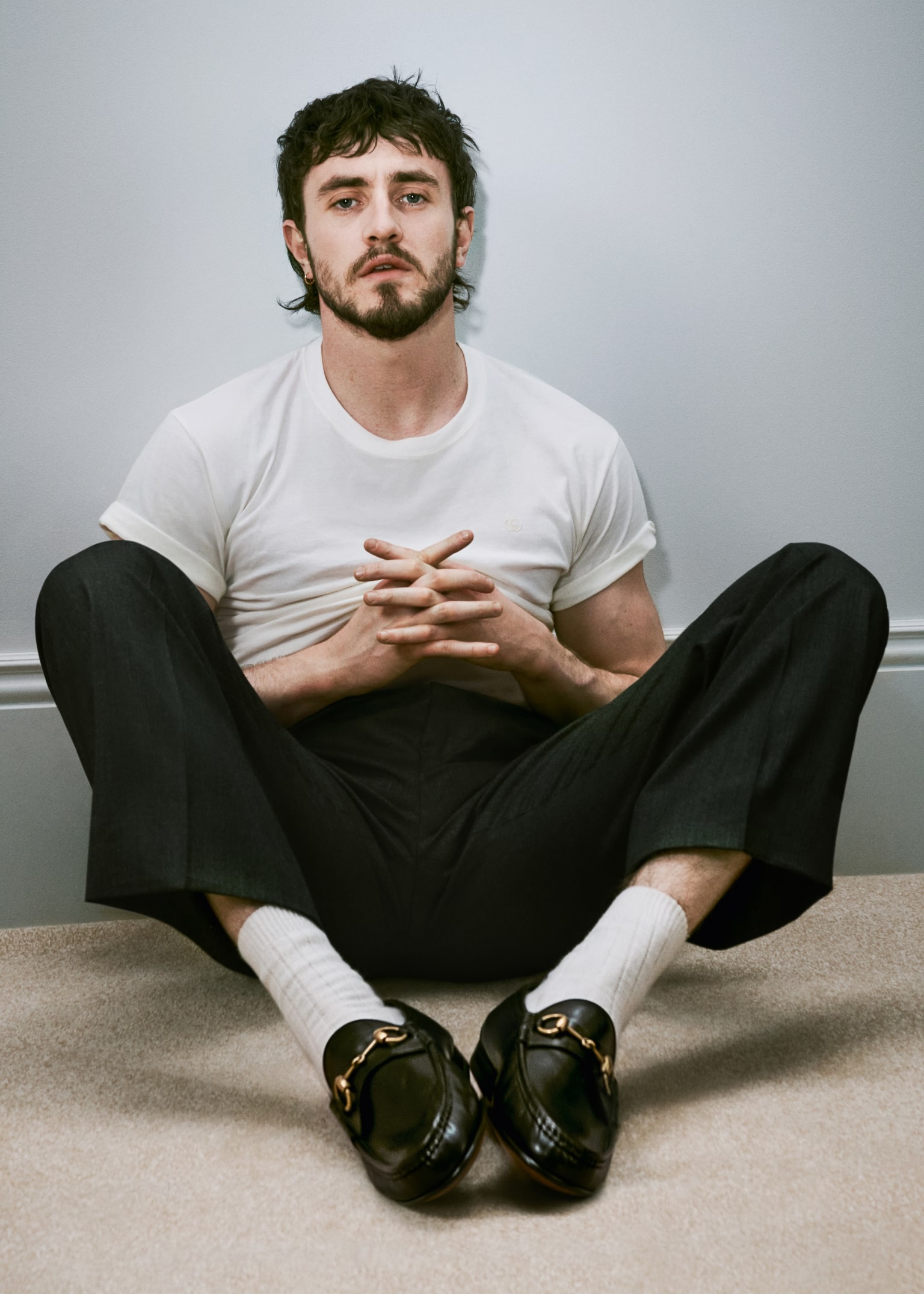
In 2023, actor Paul Mescal modelled a pair of Gucci's 1953 Horsebit loafers.
Though the design first appeared on a pair of loafers in 1953, it became a runaway hit when attached to a handbag two years later. Recently, Gucci’s signature hardware has been reimagined in high jewellery form, premiering during Paris Couture week in July and featuring rings, necklaces, earrings and bracelets encrusted with diamonds, sapphires, tsavorites and rubies. At the same time, the brand debuted a sparkling jewellery line called Monili, crafted in collaboration with Pomellato, its stablemate in the Kering luxury conglomerate. Boasting sinuous shapes that resemble traditional horse tethers, the limited-edition pieces combine buttery leather from Gucci’s own workshops with diamond-set loops created by Pomellato’s expert goldsmiths.
The seemingly inexhaustible design inspiration that can be drawn from horse lore undoubtedly finds its zenith in the world of horology. Indeed, precision timekeeping was initially developed because of the rising popularity of horse racing in the 18th and 19th centuries.
In 1721, the Dukes of Devonshire and Rutland used a handheld watch to time Flying Childers, the legendary stallion, at Newmarket. And in 1821, one of the earliest official stopwatches was invented by Frenchman Nicholas Mathieu Rieussec, at the behest of King Louis XVIII, an avid racegoer. Today, prestige watchmakers such as Longines and Rolex continue to use the racetrack and showjumping arenas to showcase their most accurate pieces, while others use the polo field to test the durability of their toughest wristwatches. It was while attending a match during a business trip to India, in 1930, that the Swiss entrepreneur César de Trey conceived the idea for what would become Jaeger-LeCoultre’s iconic Reverso, a watch ‘capable of sliding in its support and being completely turned over’, thus protecting its fragile glass from the impact of a rogue ball (or hoof) with its own metal case-back. Nearly a century on since De Trey filed a patent for his innovative concept, the Reverso has transcended mere functionality and is now considered a near-perfect example of Art Deco design by aficionados.
For many luxury craftspeople, simply being visible in equestrian circles remains a valuable way to telegraph status and desirability. ‘Centuries-old techniques and generations of expertise make equestrian symbolism both timeless and aspirational,’ observes Charlie Pragnell, managing director of the eponymous British jeweller. Of Pragnell’s decision to sponsor the recently revived Cornbury Horse Trials and to sign the talented young event rider, Jemima Howden, as an ambassador, he says: ‘The discipline and artistry [required] to master equestrian activities has many parallels with the skills our craftsmen need for hand-crafting jewellery. Our longstanding friendship with the Howden family [Cornbury House’s current owners]… reflects a shared passion for heritage, artistry and excellence.’
With horses embodying everything from beauty and elegance to wilderness and speed, there’s no doubt our fascination with them will continue to run and run and run.
Kim Parker is a London-based journalist specialising in jewellery, fashion, and watches. She has more than 20 years’ experience in the luxury industry and, alongside Country Life, has written extensively for titles such as Harper’s Bazaar, Town & Country, The Times, and The Telegraph. When she’s not researching the latest and greatest jewellery finds, she’s happiest on horseback.
-
 A magnificent old vicarage with five bedrooms, 5,000sq ft of space, and in the catchment area for the 'best state school in North Yorkshire'
A magnificent old vicarage with five bedrooms, 5,000sq ft of space, and in the catchment area for the 'best state school in North Yorkshire'The wonderful village of Burton Leonard is one of the most sought-after places to live in Yorkshire, and one of its finest homes is now for sale. Penny Churchill looks inside.
-
 Is December the best month for bird watching? Exploring the underrated avian delights of a British winter
Is December the best month for bird watching? Exploring the underrated avian delights of a British winterAs starlings, woodcock and all manner of birds on the wing make their way south, Britain becomes something of a bird-watching heaven.
-
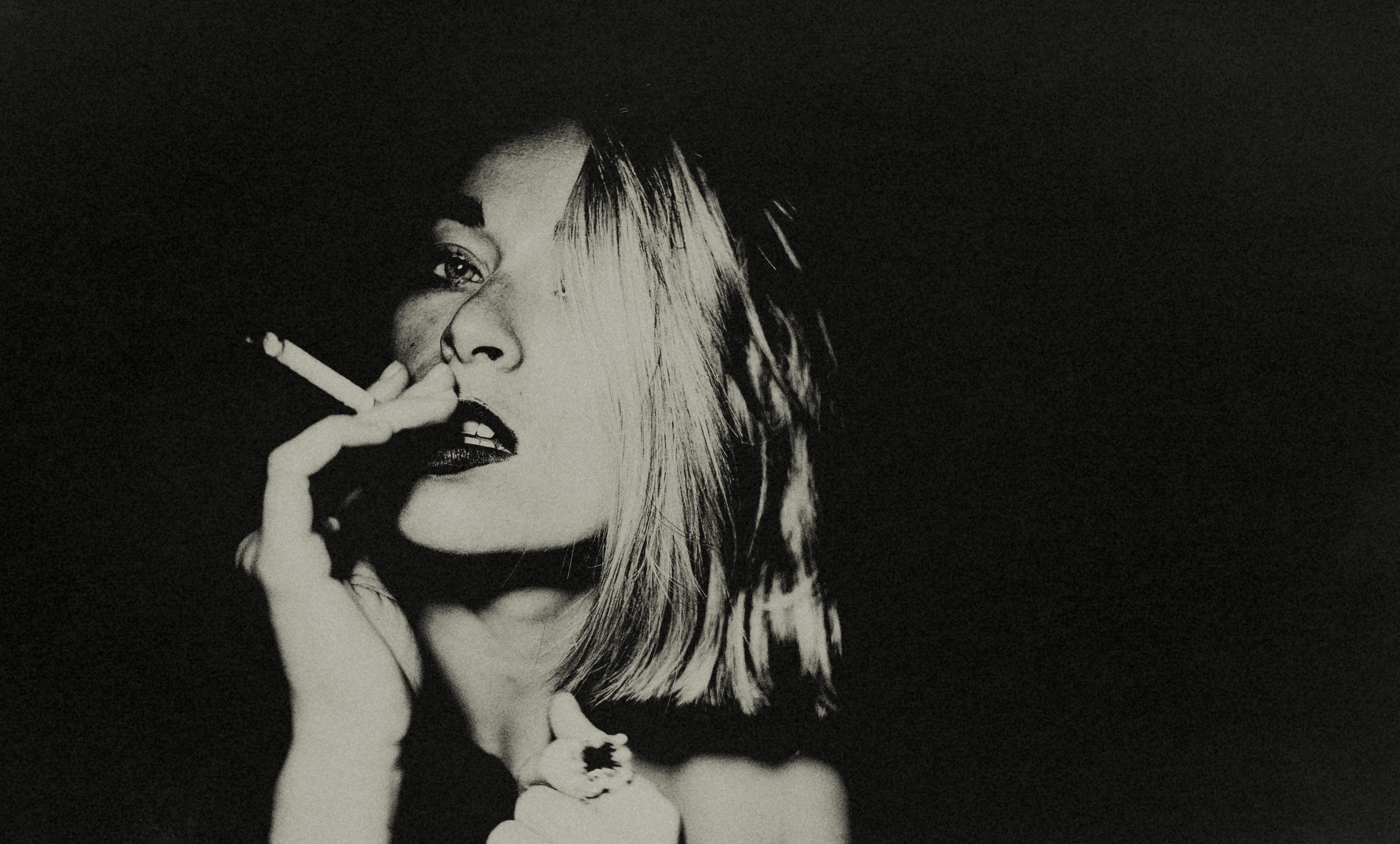 What is everyone talking about this week: (Whisper it) is smoking back?
What is everyone talking about this week: (Whisper it) is smoking back?You’d be forgiven for thinking that young people are a bunch of mopes, who refuse to drink, go dancing or have sex and are ruining British nightlife for all — but you're wrong, says Will Hosie.
-
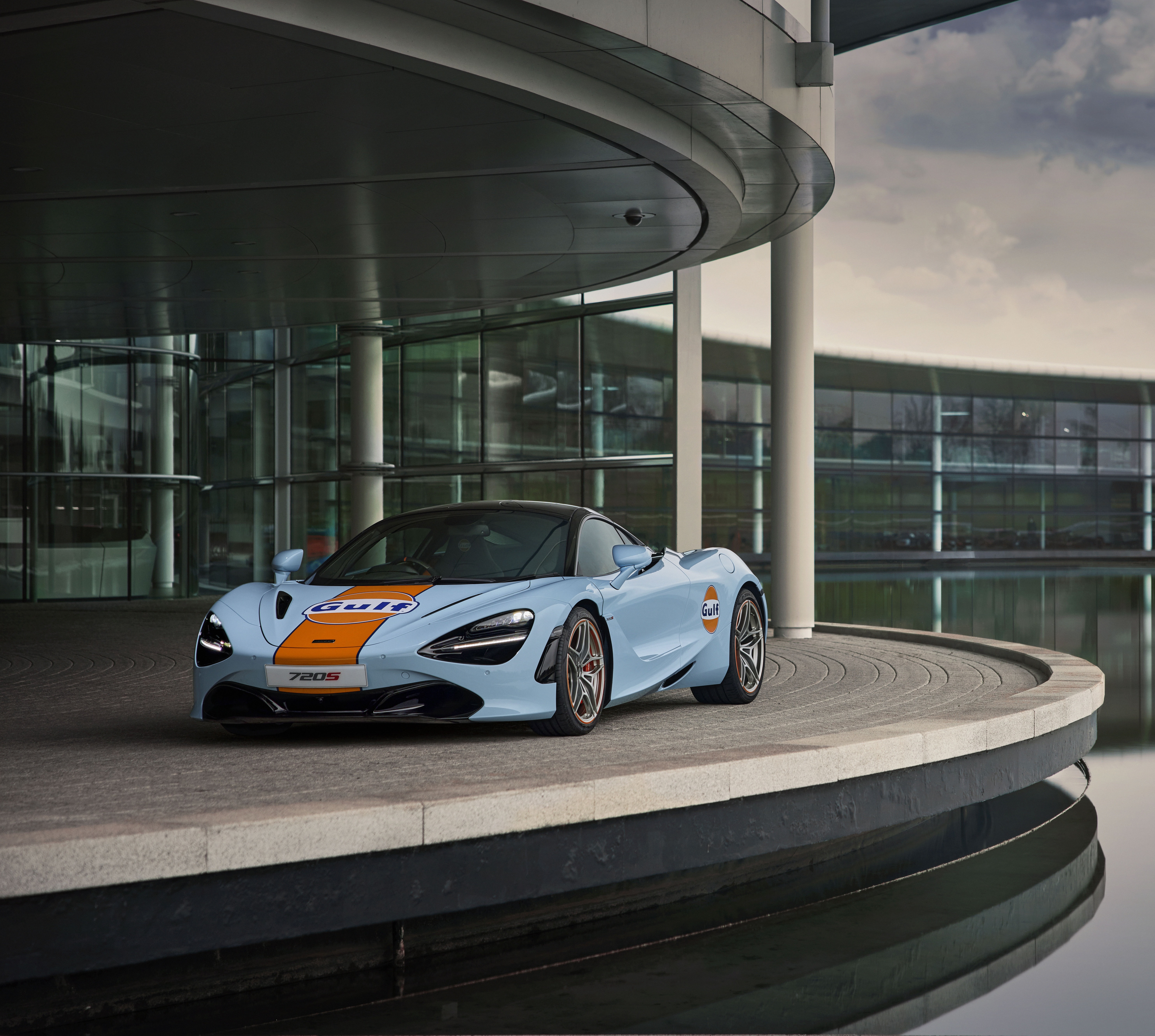 McLaren Special Operations — The secret Surrey skunkworks producing Britain's most bespoke supercars
McLaren Special Operations — The secret Surrey skunkworks producing Britain's most bespoke supercarsThere's owning a McLaren and then there's owning an MSO McLaren. James Fisher finds out what makes the bespoke division of Britain's premier supercar manufacturer so special.
-
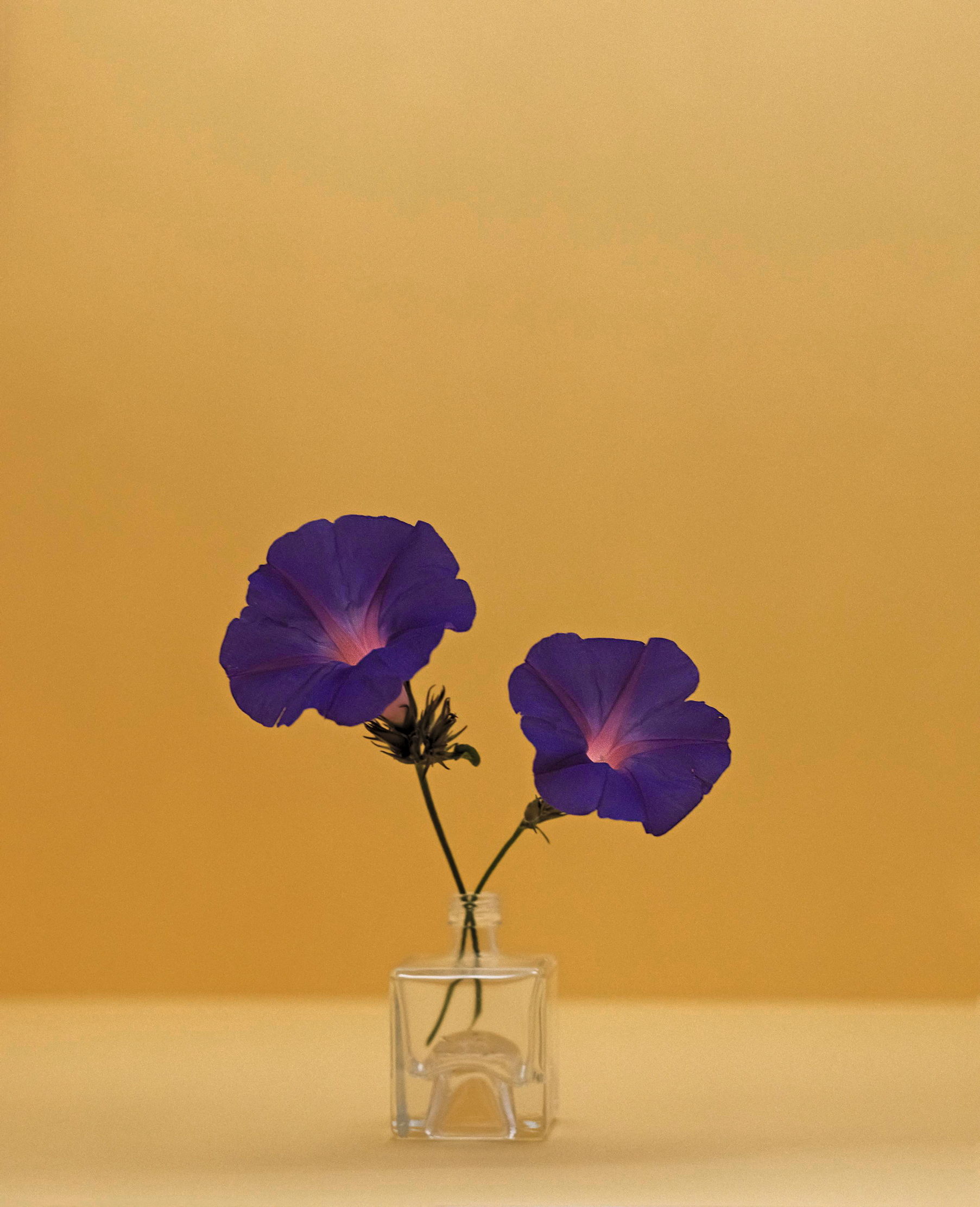 The greatest flowers make the greatest art
The greatest flowers make the greatest artA search for still-life subjects led Kate Friend to some of the greatest gardens and gardeners in the country
-
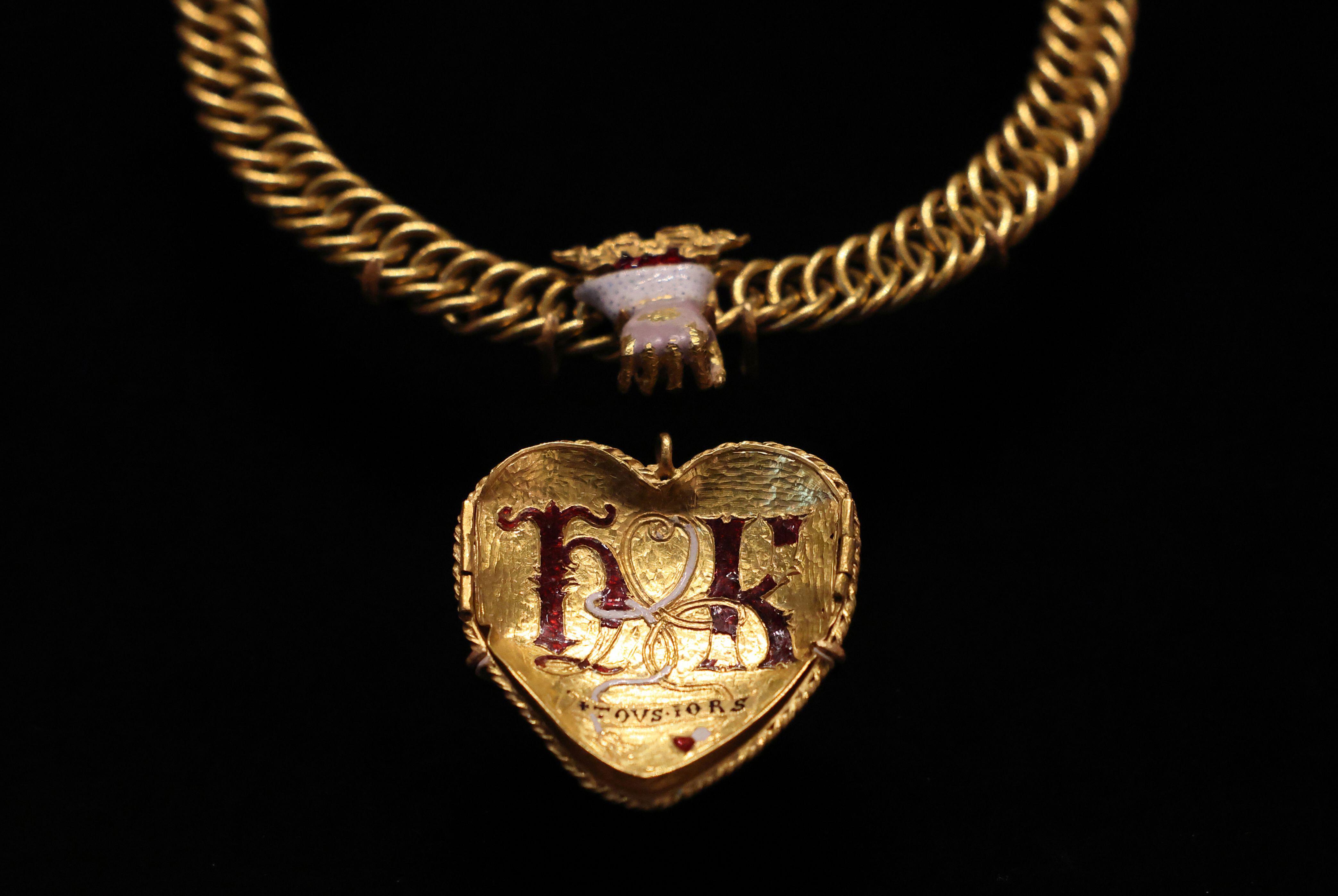 Is the British Museum's attempt to save a Tudor-era pendant with links to Henry VIII proof that the institution is on the up?
Is the British Museum's attempt to save a Tudor-era pendant with links to Henry VIII proof that the institution is on the up?After years of neglect and controversy, Britain's premier cultural institution seems to be finding its feet again.
-
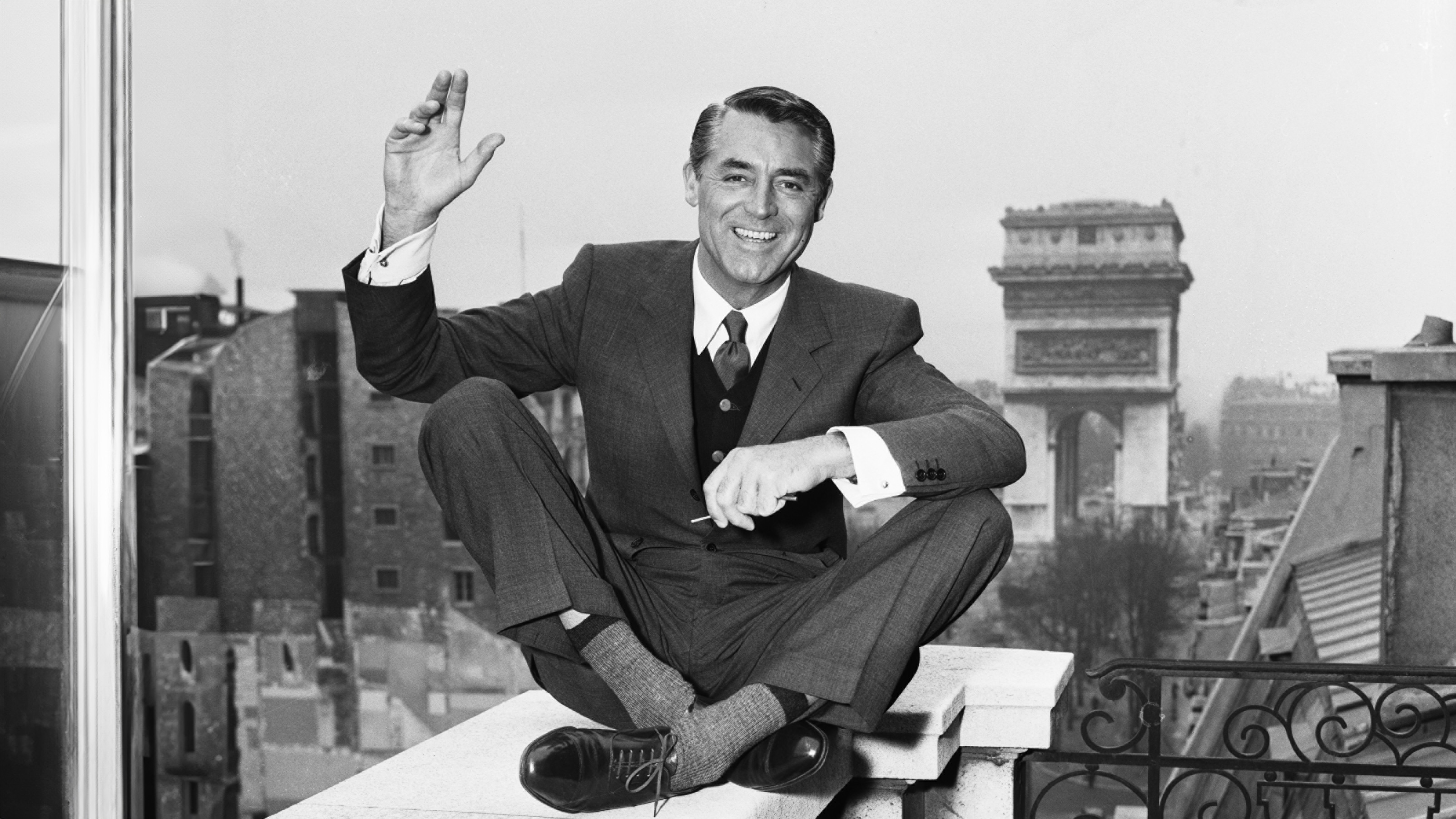 Suit yourself: I’m a 49 year-old man-about-town and I’ve never owned a suit
Suit yourself: I’m a 49 year-old man-about-town and I’ve never owned a suitWhen Hugh Smithson-Wright turned up to Country Life's annual Gentleman's Life party sans suit, it sparked a passionate conversation about why the formal fashion just isn't for everyone.
-
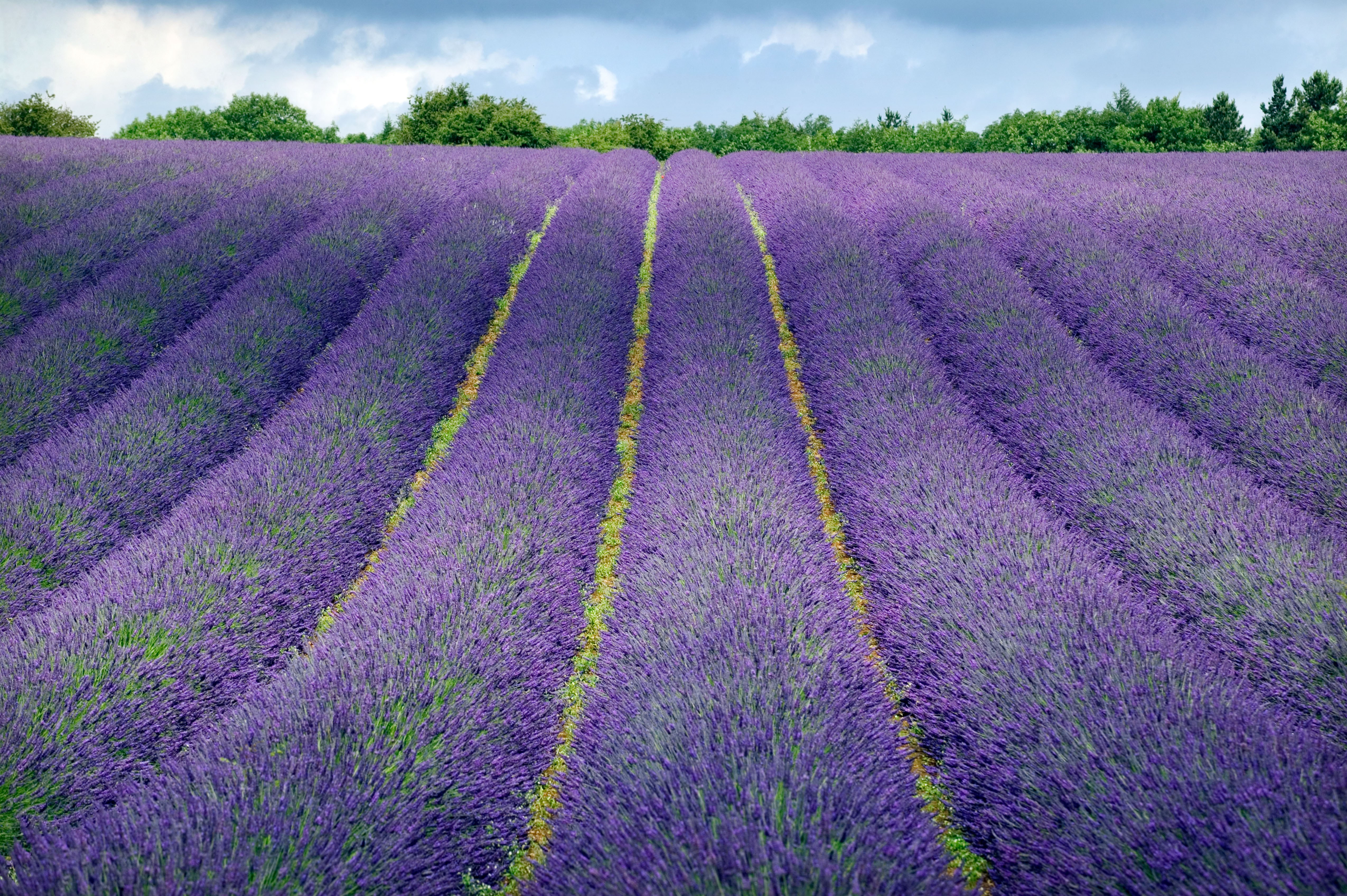 Meet the British perfumers squeezing landscapes into scents
Meet the British perfumers squeezing landscapes into scentsThe nuances of modern perfumery now allow a single drop to evoke an entire landscape. Amie Elizabeth White explores the native houses hitting the right notes
-
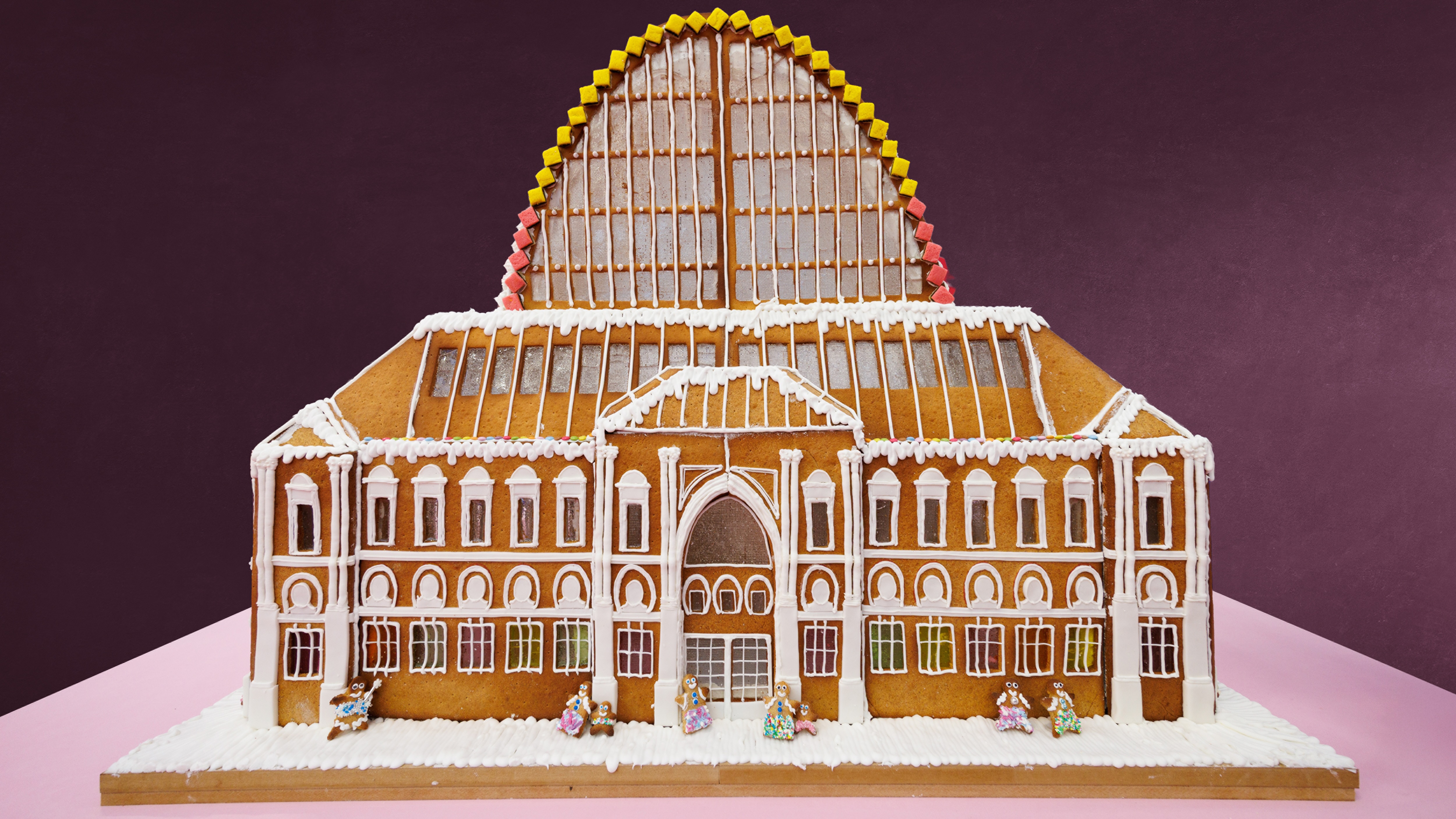 Sweet civilisation: What do you get when you ask architects to compete in a gingerbread competition?
Sweet civilisation: What do you get when you ask architects to compete in a gingerbread competition?The Gingerbread City is back in London’s Kings Cross. Lotte Brundle pays it a visit.
-
 Sophia Money-Coutts: A snob's guide to meeting your in-laws for the first time
Sophia Money-Coutts: A snob's guide to meeting your in-laws for the first timeThere's little more daunting than meeting your (future) in-laws for the first time. Here's how to make the right kind of impression.
